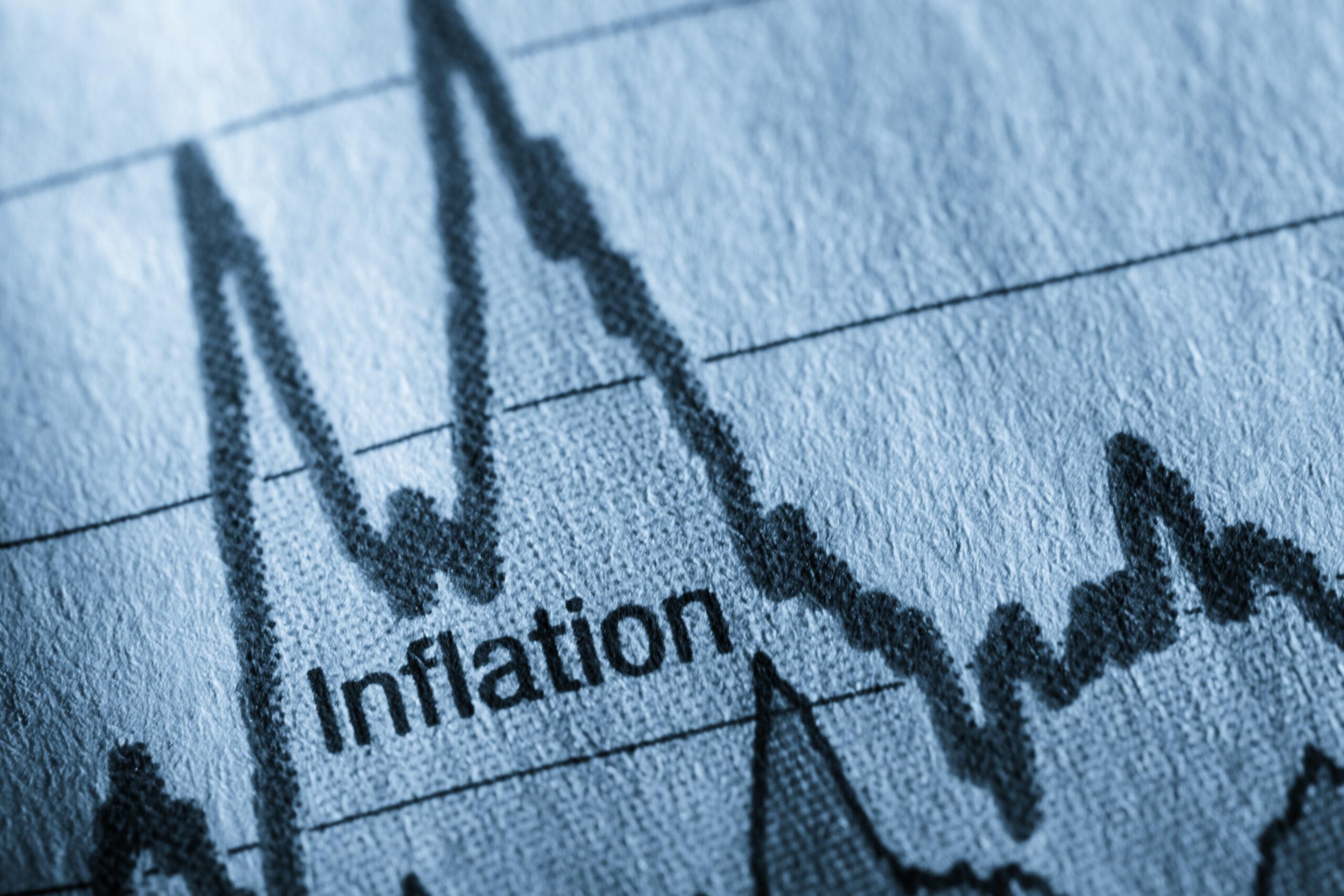
In recent years, the travel industry has witnessed a dynamic evolution, with loyalty programs and travel points becoming integral to the consumer experience. However, as global economic landscapes shift, concerns about inflation’s impact on the value of these travel points have come to the forefront. This article delves into the intricate relationship between inflation and travel rewards, examining whether the purchasing power of accumulated points is diminishing. By analyzing economic trends, consumer behavior, and industry responses, we aim to provide a comprehensive understanding of whether travel points are indeed losing value and what this means for travelers and the industry at large.
Impact of Inflation on Travel Points Valuation
As inflation continues to rise, the purchasing power of travel points is increasingly under scrutiny. In essence, inflation can erode the value of points, making them less effective as a tool for offsetting travel costs. When airlines and hotels adjust their point redemption rates to match inflationary pressures, travelers may find that the number of points required for a booking has increased, even if the actual service level remains unchanged. This can lead to a situation where the same amount of points buys less than it did previously.
Several factors contribute to this shift in value:
- Dynamic Pricing Models: Many travel programs use dynamic pricing, which adjusts point costs based on demand and market conditions, potentially exacerbating the impact of inflation.
- Devaluation Events: Periodic devaluations by loyalty programs can further reduce the worth of points, often without prior notice.
- Exchange Rate Fluctuations: For international travelers, changes in currency exchange rates can also affect the effective value of points when used abroad.
To mitigate these effects, savvy travelers might consider strategies such as diversifying their loyalty program participation or opting for fixed-value redemptions when available.
Understanding the Devaluation of Reward Programs
In recent years, the value of travel reward points has increasingly come under scrutiny. Inflation is a major factor influencing this trend, as it erodes the purchasing power of currency, making it more expensive for companies to maintain the same level of reward offerings. As a result, many travel reward programs have adjusted their point redemption rates, effectively devaluing the points held by consumers. This can lead to a frustrating experience for travelers who find that the points they diligently accumulated are not stretching as far as they once did.
Several key elements contribute to this devaluation:
- Increased Operational Costs: Airlines and hotels face rising costs in fuel, labor, and maintenance, which can lead to a reduction in the value offered through reward programs.
- Program Overhauls: Many companies periodically update their reward structures, often requiring more points for the same rewards, which diminishes point value.
- Supply and Demand: As more consumers participate in these programs, companies may limit availability or increase point requirements to manage demand.
Understanding these factors is crucial for travelers who wish to maximize their rewards. Staying informed about program changes and strategizing point usage can help mitigate the impact of devaluation.

Strategies to Maximize the Value of Your Travel Points
In a world where travel points seem to be impacted by inflation, it’s crucial to adopt strategies that help you extract maximum value. One effective approach is to diversify your point redemption options. Instead of sticking to a single airline or hotel chain, explore different travel partners and alliances to discover better deals. This flexibility can lead to more competitive pricing and availability, allowing you to use your points more effectively.
Another valuable strategy is to stay informed about promotional offers and bonuses. Many travel programs periodically offer special promotions that enhance the value of your points. Signing up for newsletters or following travel blogs can keep you updated on these opportunities. Additionally, consider the timing of your bookings. Off-peak seasons often offer better point redemption rates, providing more bang for your buck. By being strategic and informed, you can navigate the challenges of inflation and ensure your travel points retain their value.
- Diversify redemption options
- Monitor promotional offers
- Optimize booking timing

Adapting Travel Plans in Response to Economic Shifts
As inflation impacts the global economy, travelers are finding it necessary to adjust their plans and rethink their strategies for maximizing travel points. The value of these points can fluctuate, much like currency, influenced by the economic environment. To make the most of your travel rewards, consider the following strategies:
- Stay Informed: Keep an eye on changes in redemption rates and point devaluation. Travel companies may adjust their loyalty programs in response to economic pressures.
- Flexible Bookings: Look for opportunities to book flexible travel options. This can help you avoid losing points if your plans need to change unexpectedly.
- Strategic Spending: Focus on earning points through strategic spending. Utilize credit card bonuses and promotions that offer higher points per dollar spent.
Adapting to these economic shifts not only involves a keen understanding of market trends but also a proactive approach to managing and using travel points effectively. By staying agile and informed, travelers can still find value in their rewards despite the challenges posed by inflation.



